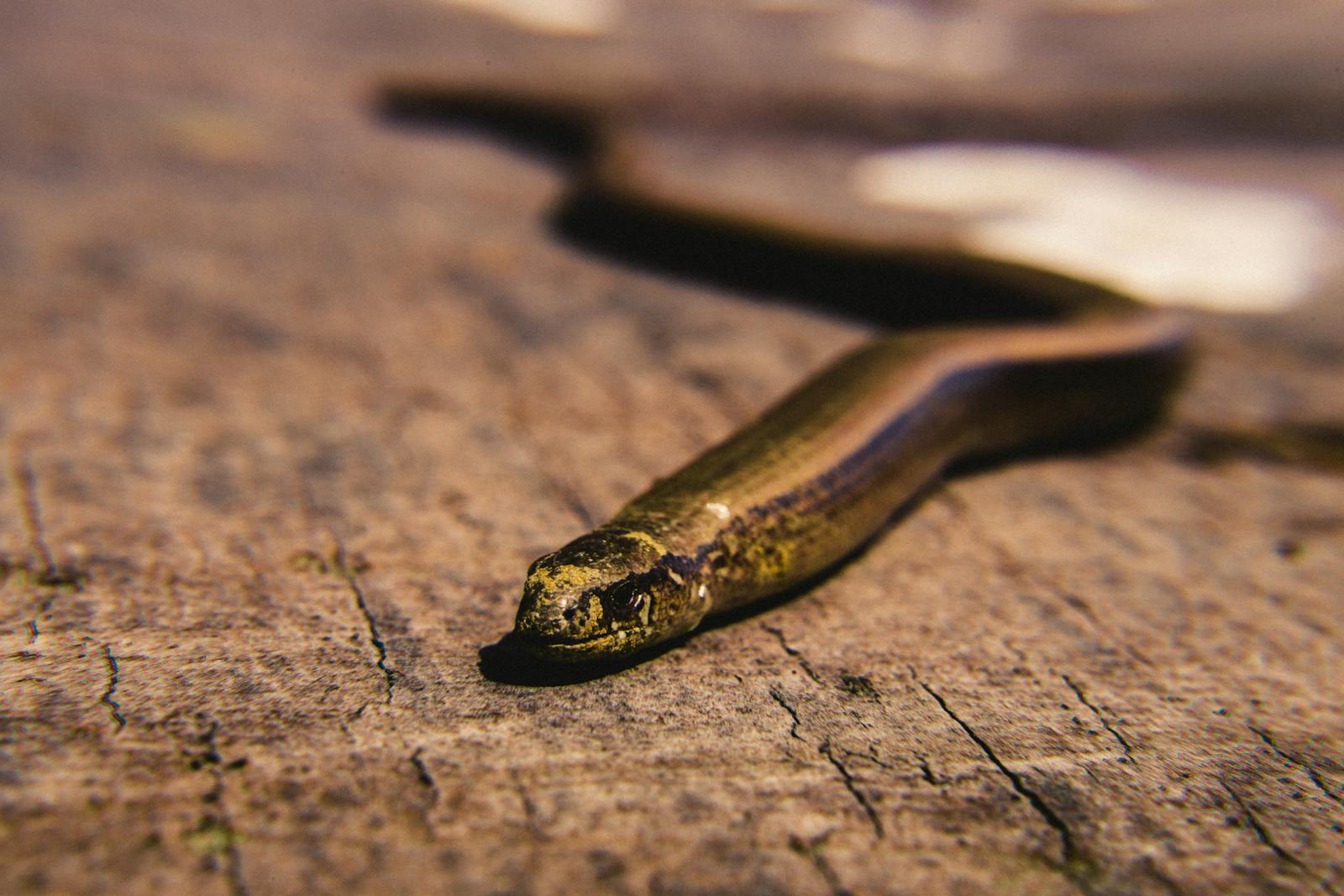Throughout human history, snakes have slithered through our collective consciousness as symbols of both fear and fascination. These limbless reptiles appear in mythologies, religious texts, and cultural practices worldwide, often carrying profound symbolic weight. Snake rituals—ceremonies where serpents play a central role—exist across diverse cultures from Africa to Asia, the Americas to Australia. These practices reveal the complex relationship between humans and these creatures, reflecting deep spiritual beliefs, cultural identity, and practical knowledge. While some may view such rituals as primitive or dangerous, understanding their context offers valuable insights into human cultural evolution and our enduring connection with the natural world.
The Universal Symbolism of Snakes
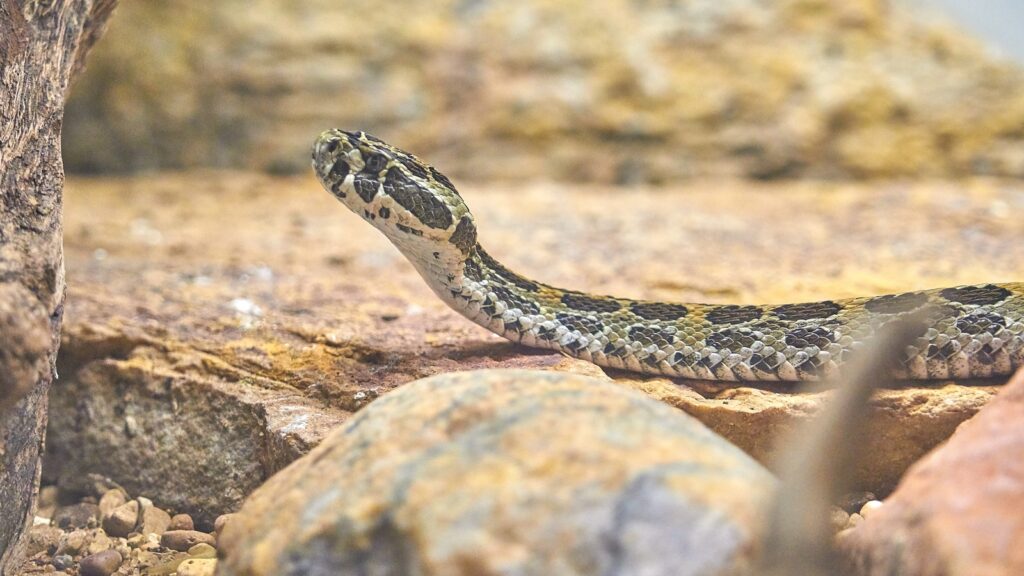
Snakes hold a remarkable position in human symbolism, appearing as significant figures across cultures that developed independently of one another. In many traditions, their ability to shed their skin represents rebirth, transformation, and renewal—a powerful metaphor for spiritual awakening or healing. Their connection to both the earth (living in burrows) and water places them as mediators between worlds in numerous cosmologies. Additionally, their venom can both kill and heal, positioning them as symbols of duality—life and death, creation and destruction, wisdom and temptation. This rich symbolic potential makes snakes natural candidates for incorporation into ritualistic practices that seek to harness or honor these qualities.
Snake Handling in Appalachian Christianity
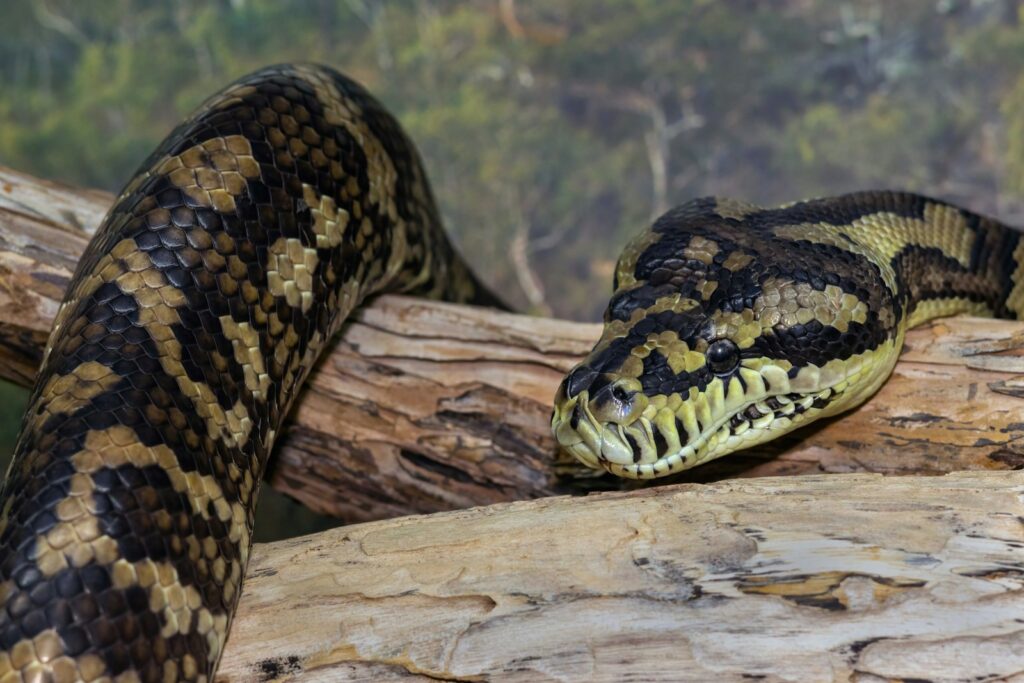
Perhaps one of the most dramatic contemporary snake rituals exists not in a distant land but within the United States, where certain Appalachian Pentecostal churches practice snake handling as a demonstration of faith. Based on a literal interpretation of biblical passages in Mark 16:17-18 (“they will pick up serpents”), practitioners handle venomous snakes during ecstatic worship services to demonstrate God’s protection of true believers. This dangerous practice has resulted in numerous fatalities, yet continues despite legal restrictions in most states. For participants, the ritual represents the ultimate test of faith—placing one’s life literally in God’s hands. The tradition emerged in the early 20th century and highlights how snake symbolism was incorporated into Christian practice in specific cultural contexts.
The Hindu Nāga Worship Tradition
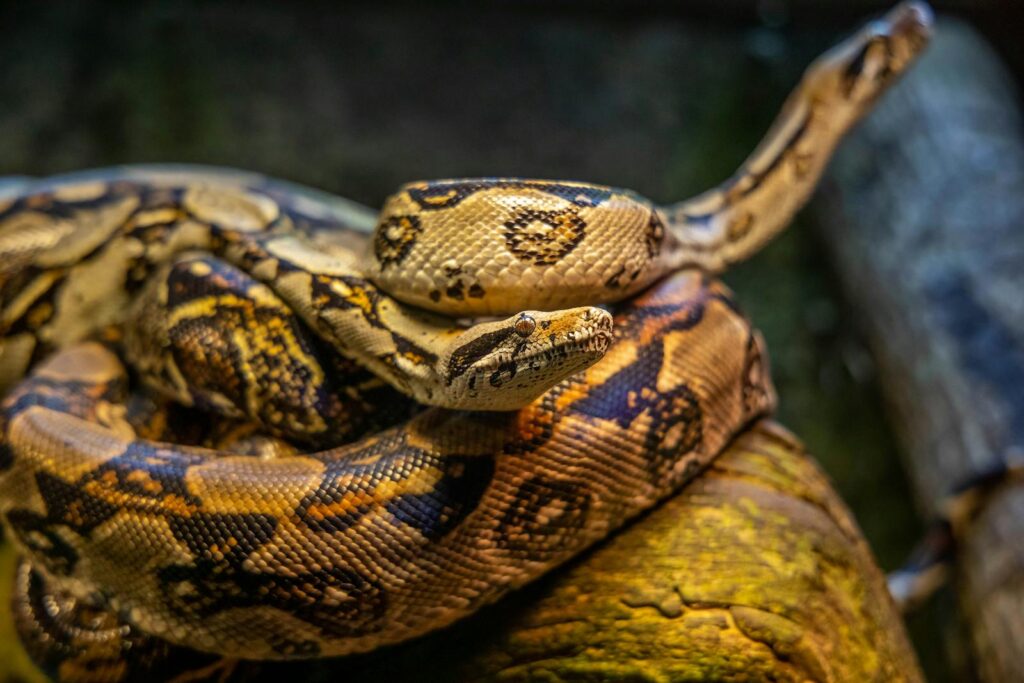
In Hindu traditions, particularly in South India, snakes are venerated as divine beings known as Nāgas—semi-divine entities who can shift between human and serpent form. Temples dedicated to snake deities can be found throughout India, where devotees offer milk, eggs, and flowers to snake images carved in stone. The festival of Nag Panchami specifically honors snakes through various rituals, including drawing snake images with sandalwood paste and milk. In some communities, live snakes are captured, bathed in milk, and released as part of the celebration. This reverence stems from both practical concerns—snakes control rodent populations that threaten grain stores—and mythological significance, as Nāgas are considered guardians of water sources and fertility.
The Hopi Snake Dance
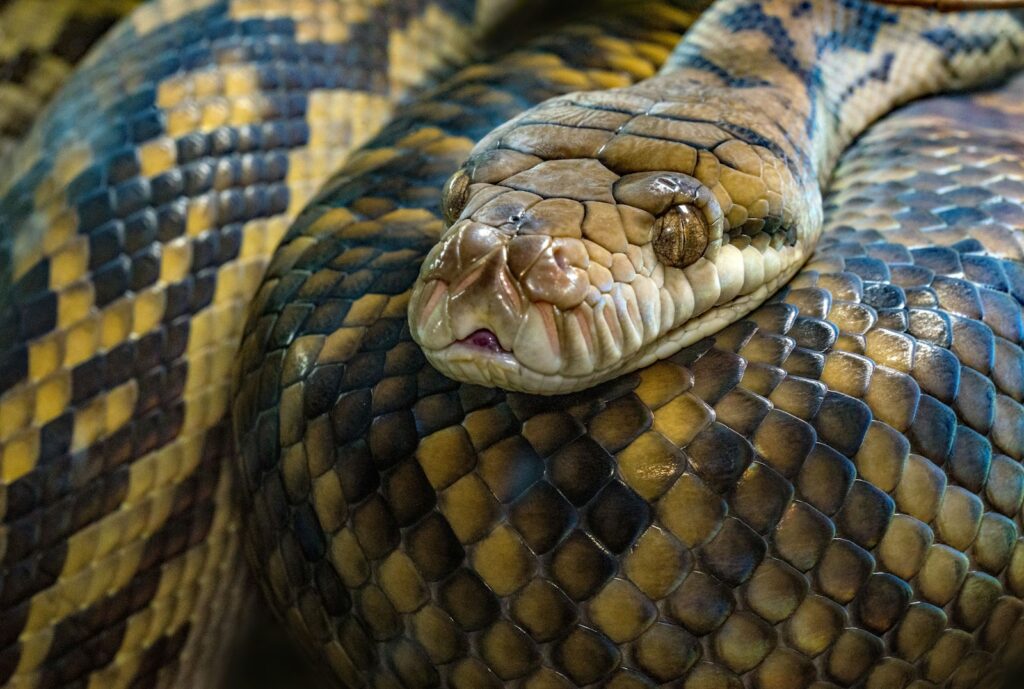
Among the most well-documented snake rituals in North America is the biennial Snake Dance performed by the Hopi people of the American Southwest. This nine-day ceremony involves gathering rattlesnakes from the desert, washing them, and ultimately dancing with the live serpents held in the dancers’ mouths. Far from being a display of bravado, the ceremony represents a profound prayer for rain, as snakes are considered messengers to the underworld spirits who control water. After the dance, the snakes are released in the four cardinal directions to carry the Hopi prayers for rain back to the spirit world. This ritual demonstrates the integration of ecological knowledge with spiritual practice—the Hopi recognized the connection between snakes, rain patterns, and agricultural success.
West African Vodun and Snake Deities
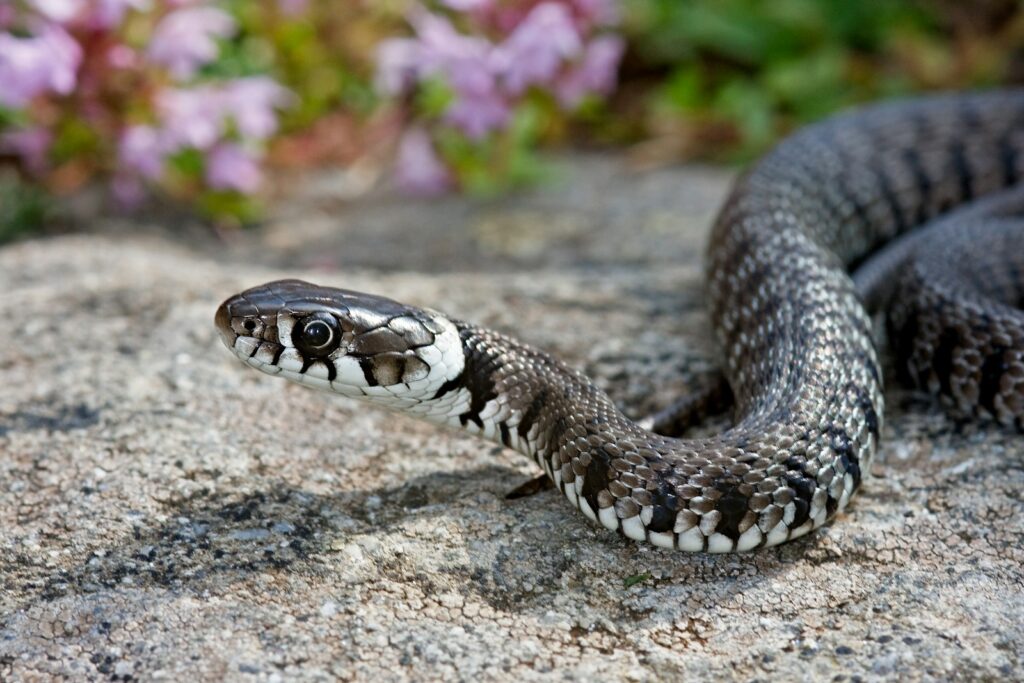
In West African Vodun traditions, which later influenced practices like Haitian Vodou and Louisiana Voodoo, certain snake deities hold central importance. The deity Dangbe, often represented as a python, is worshipped in Benin, Togo, and Ghana, where sacred pythons are kept in temples and considered embodiments of the god. Followers may allow the sacred snakes to crawl over their bodies during ceremonies to receive blessings and purification. In these traditions, snakes represent cosmic knowledge, healing powers, and connection to ancestors. The python deity Dangbe is particularly associated with rainbows, prosperity, and movement between the physical and spiritual worlds—a common thread in many snake-centered belief systems.
The Chinese Year of the Snake
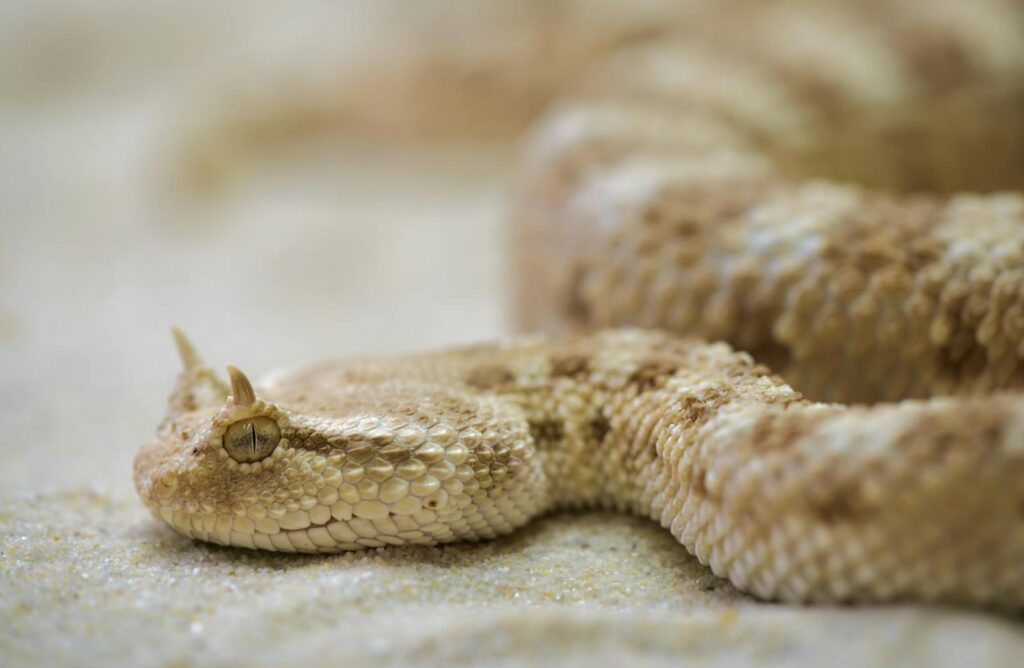
In Chinese culture, the snake is one of the twelve zodiac animals, embodying wisdom, mystery, and good fortune. People born in the Year of the Snake are believed to possess these qualities, along with intuition and sophisticated thinking. During traditional New Year celebrations when the Snake year arrives, elaborate rituals and ceremonies honor this zodiac sign, including snake dances performed with large puppet snakes. Unlike some cultures that handle live serpents, Chinese snake rituals typically use representations rather than actual snakes. Nevertheless, the symbolic significance remains powerful, with snakes associated with the female yin energy and believed to bring financial blessing when respected properly.
Aboriginal Australian Rainbow Serpent Ceremonies
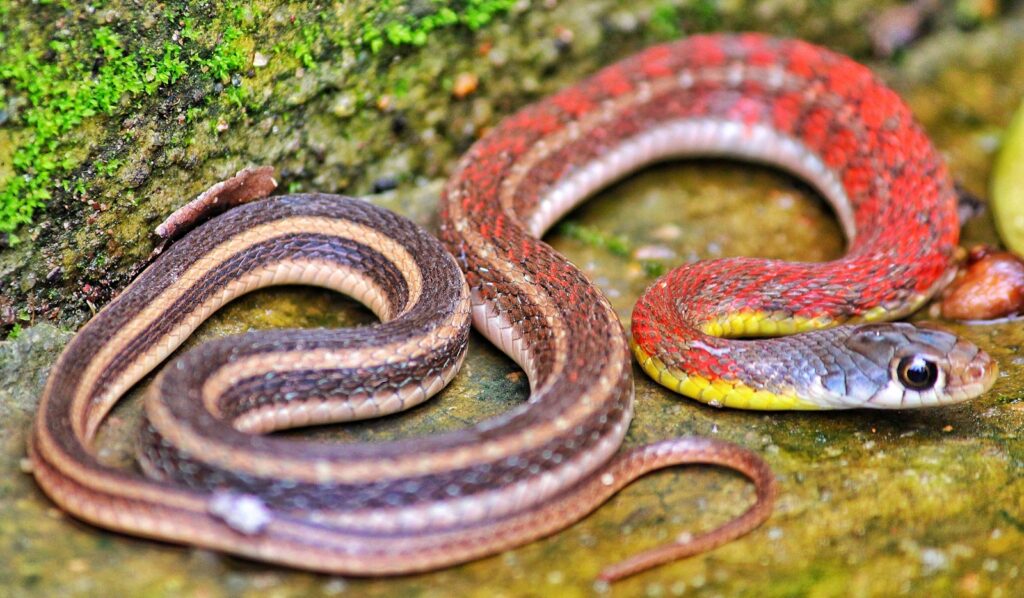
For many Aboriginal Australian cultures, the Rainbow Serpent represents one of the most significant creator beings, responsible for shaping the landscape and establishing natural laws. This serpent deity is associated with water sources, rain, and fertility—essential elements in the arid Australian environment. Ceremonies honoring the Rainbow Serpent often involve elaborate body painting, dance, and storytelling, particularly during coming-of-age rituals. These practices typically coincide with the rainy season, when water-filled billabongs (ponds) create ideal snake habitats, highlighting the ecological observation underlying these spiritual traditions. The Rainbow Serpent’s dual nature as both creator and destroyer mirrors the harsh reality of life in the Australian outback, where water brings life but flooding can cause destruction.
Practical Origins of Snake Veneration

While the spiritual dimensions of snake rituals are compelling, many practices likely evolved from practical concerns related to human-snake coexistence. In agricultural societies where venomous snakes posed real dangers, ritualized respect may have served as an educational tool for teaching community members safe behavior. Similarly, in regions where snakes controlled disease-carrying rodent populations, their protection through religious taboos ensured ecological balance beneficial to human settlements. The detailed knowledge of snake behavior embedded in many rituals suggests generations of close observation and passed-down wisdom. This pragmatic foundation does not diminish the spiritual significance but rather demonstrates how practical knowledge often becomes encoded in religious practice over generations.
The Psychological Impact of Snake Rituals
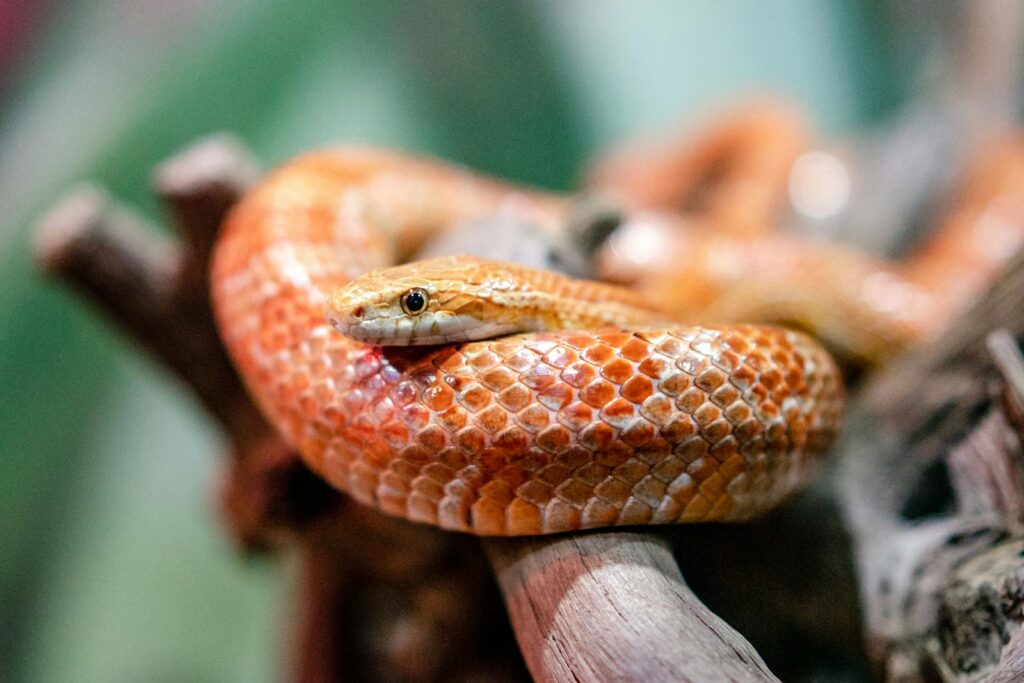
Participating in snake rituals often produces profound psychological effects, ranging from intense fear to spiritual ecstasy. For participants in Pentecostal snake handling, the overcoming of fear represents spiritual transcendence, while for initiates in certain African traditions, controlled exposure to snakes helps master phobias that might otherwise prove dangerous in snake-rich environments. Some anthropologists suggest that the taboo nature of snakes makes them particularly effective ritual elements, as breaking normal prohibitions against handling dangerous creatures creates a psychologically heightened state conducive to spiritual experiences. Additionally, the unpredictable behavior of live snakes introduces an element of genuine risk that cannot be choreographed, lending authenticity to the ritual experience that participants find meaningful.
Snake Venom in Healing Traditions
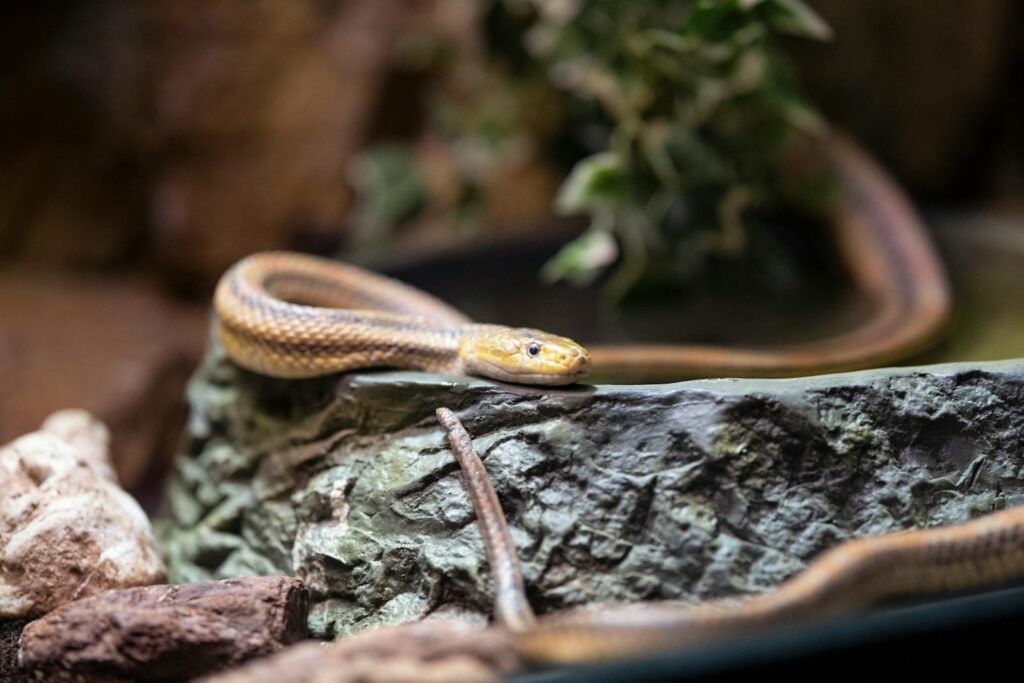
Beyond symbolic rituals, the practical use of snake venom in traditional medicine forms another dimension of human-snake relationships. In parts of Asia and South America, controlled exposure to diluted venom has been used for centuries to build immunity against snake bites. Modern medicine has validated some of these practices, with snake venom now used in pharmaceutical development for treating conditions ranging from heart disease to chronic pain. In countries like India, traditional healers incorporate ritualized snake venom applications in their practice, blending spiritual ceremony with practical treatment. These healing traditions further illustrate the complex relationship between humans and serpents—recognizing both danger and medicinal potential in these creatures.
Conservation Implications of Snake Rituals

Cultural practices involving snakes have complex implications for conservation efforts. In some cases, religious veneration has protected certain snake species and their habitats through traditional taboos against killing them. The sacred groves surrounding Nāga temples in India, for example, have preserved biodiversity in regions otherwise experiencing rapid development. Conversely, some rituals involving the capture or sacrifice of wild snakes have contributed to population declines, particularly when traditional practices expand to meet commercial interests. Many communities have adapted their rituals to address conservation concerns, substituting symbolic representations for live animals or implementing sustainable capture and release protocols. The challenge for conservation lies in honoring cultural heritage while ensuring species protection.
Modern Controversies and Adaptations
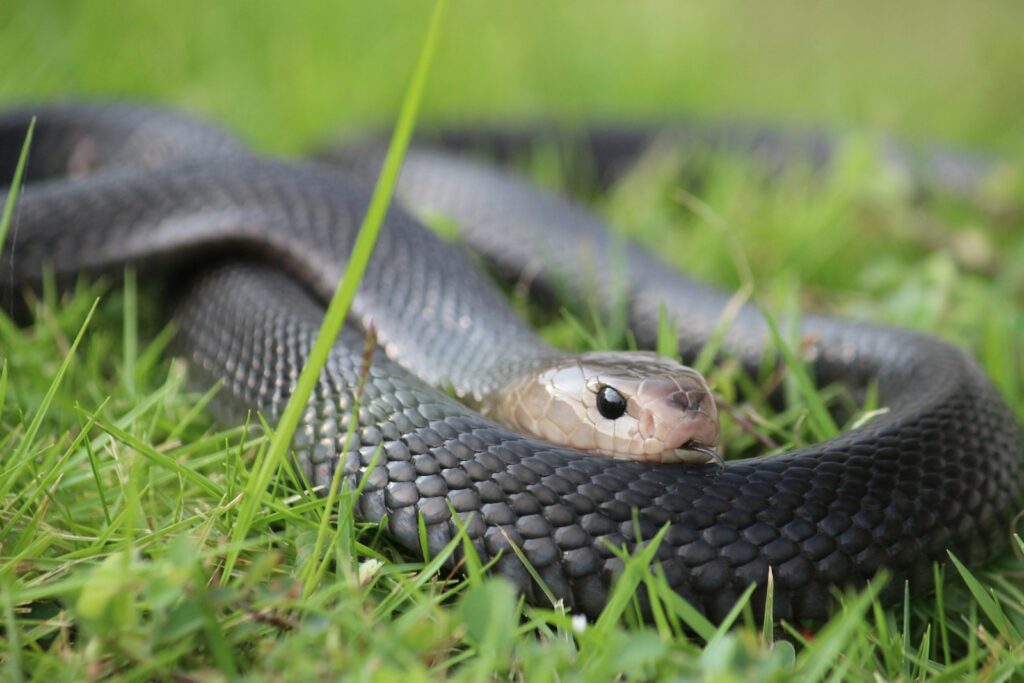
Snake rituals face numerous challenges in the modern world, from animal welfare concerns to public health regulations and changing cultural attitudes. In the United States, laws restricting the handling of venomous snakes have forced Pentecostal snake handling underground in many states, creating tensions between religious freedom and public safety. In India, animal protection laws have led to modifications of traditional practices, with milk offerings now often poured over stone representations rather than live snakes, which can suffer digestive problems from milk consumption. Some traditions have found creative adaptations, such as the Hopi temporarily suspending their snake gathering during years when rattlesnake populations appeared stressed. These adaptations demonstrate the dynamic nature of cultural practices as they respond to changing circumstances and values.
The Continuing Relevance of Snake Symbolism
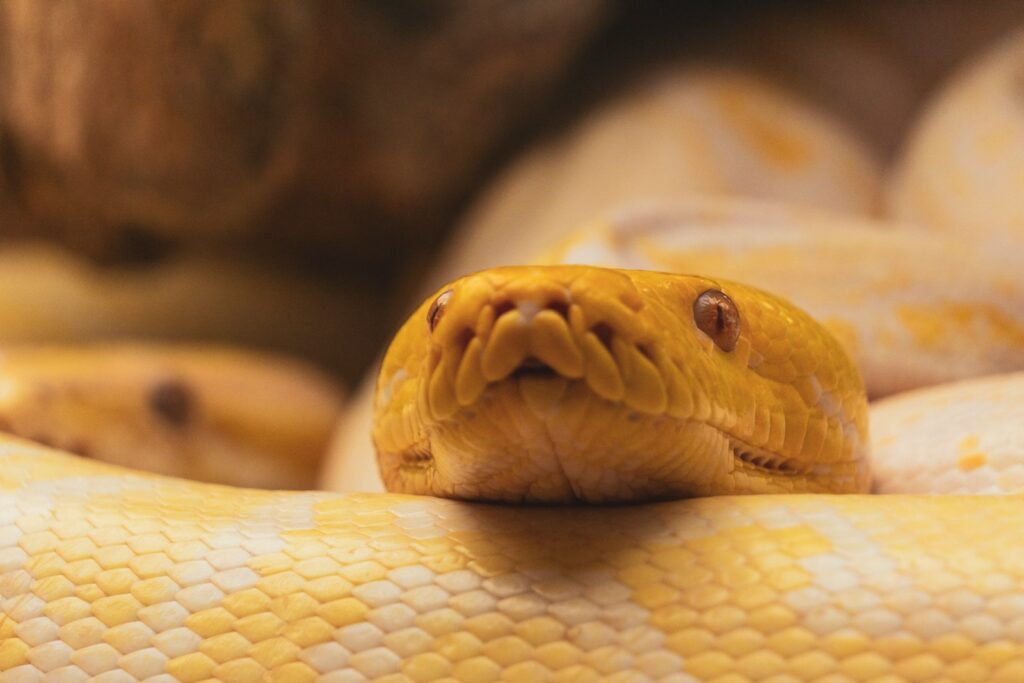
Despite modernization and urbanization, snake symbolism retains remarkable power in contemporary culture, suggesting that these ancient associations continue to resonate in the human psyche. From the medical caduceus symbol to the serpentine imagery in fantasy literature and film, snakes continue to represent transformation, wisdom, danger, and healing. Even people with no direct cultural connection to traditional snake rituals often report powerful reactions to snake imagery in dreams or art. This enduring fascination suggests that snake rituals satisfy something fundamental in human psychological and spiritual needs. As we face modern challenges like climate change and biodiversity loss, the traditional wisdom embedded in respectful human-snake relationships may offer valuable perspectives on sustainable coexistence with the natural world.
Conclusion
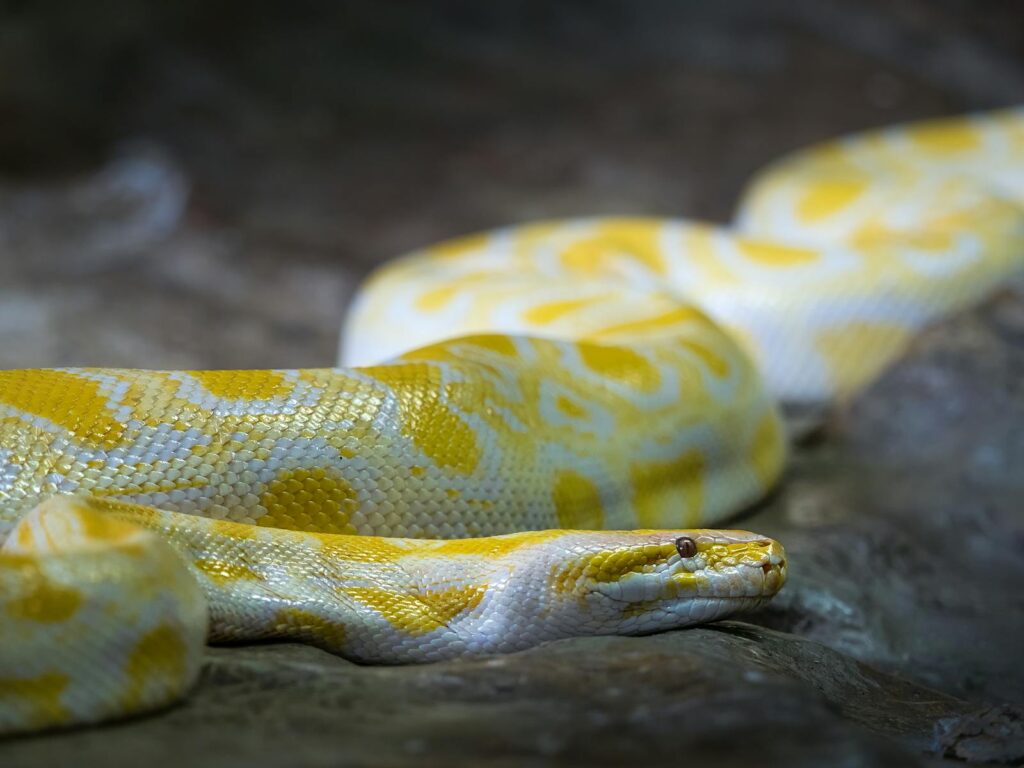
Snake rituals represent far more than exotic curiosities or primitive superstitions. They embody complex systems of knowledge developed through generations of human-animal interaction, blending practical ecological understanding with profound symbolic meaning. From the rattlesnake-handling churches of Appalachia to the python temples of West Africa, these practices reflect human attempts to navigate relationships with powerful, dangerous, yet beneficial creatures that share our environments. While specific practices continue to evolve in response to changing circumstances, the underlying symbolism of transformation, healing, and mediation between worlds remains remarkably consistent across cultures. Understanding these traditions with respect rather than judgment offers valuable insights into diverse worldviews and reminds us of our enduring connection to the natural world, even in our increasingly technological society.

